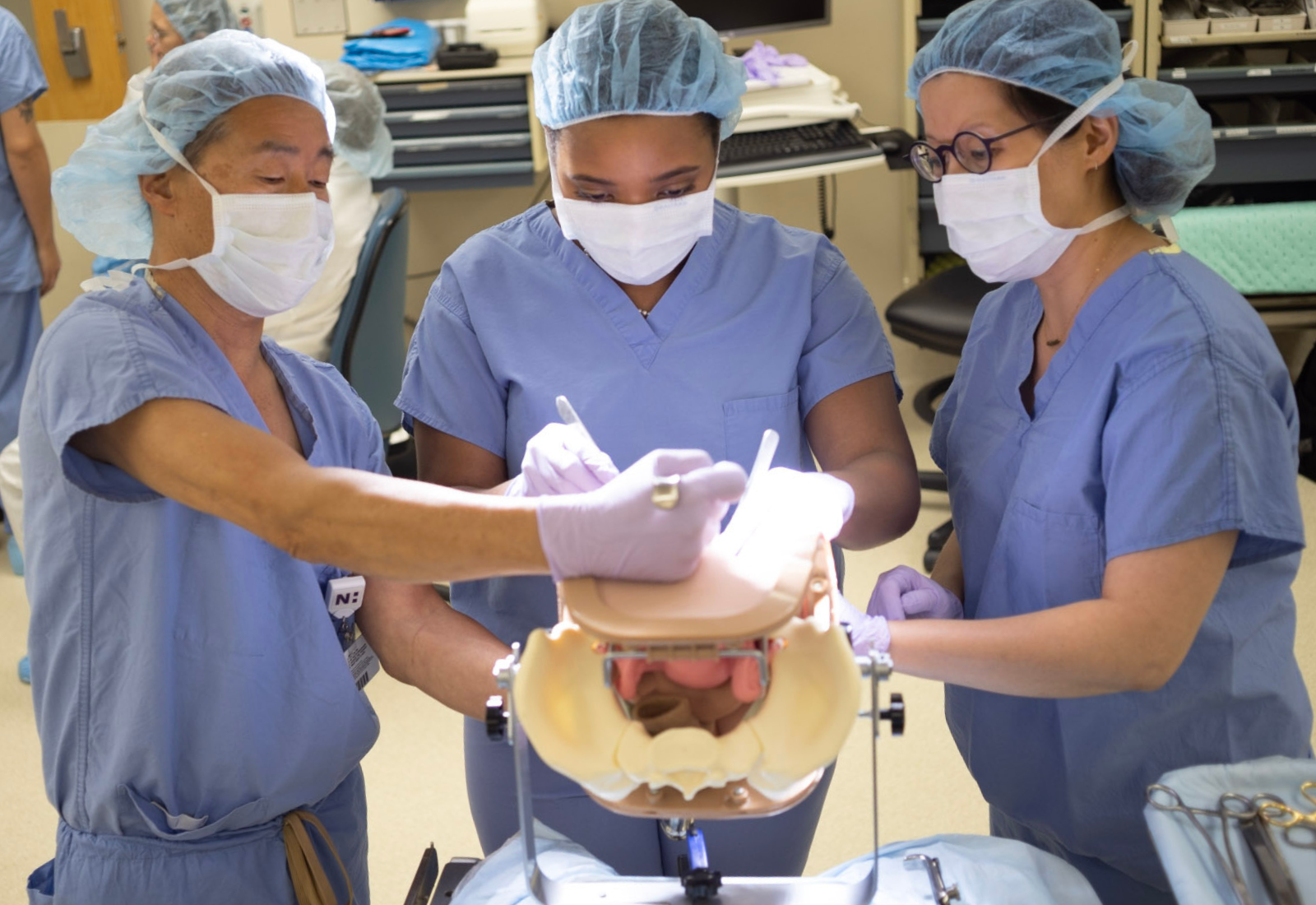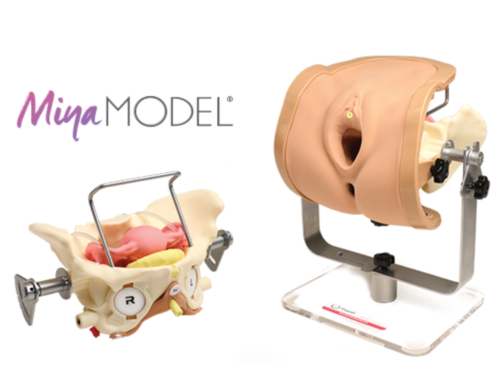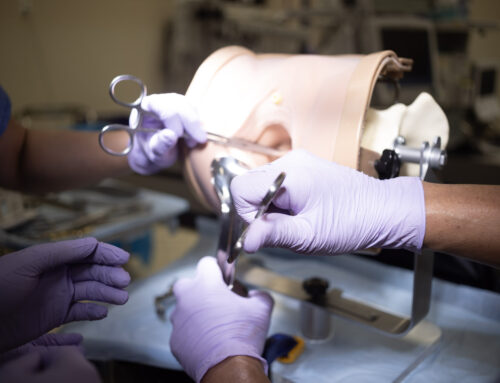Obstetrics and Gynecology institutions across the globe are finding themselves at a crossroads – particularly in the U.S.
Over the last few decades, there’s been a rapid decline in the number of residents equipped with the essential experience and skills to confidently perform complex procedures – such as vaginal hysterectomy.
The kicker? This isn’t a result of a shortage of aspiring OBGYNs.
The truth is, fewer residents are being exposed to quality training, leaving them ill-prepared for real-world surgical scenarios. If we don’t adapt the way we train the surgeons of tomorrow, the OBGYN industry is going to be in big trouble very soon.
Current Surgical Training Standards For OBGYNs
OBGYN programs today often rely on suboptimal training approaches, including:
- Low-fidelity homemade models – Cost-effective but lacking in accuracy, realism, and efficiency.*
- Training cadavers – Anatomically accurate, but way too expensive.
- Live surgery – Invaluable experience, but with unnecessary patient risk.
As medical institutions continue to face funding constraints, resident training has unfortunately taken a significant hit, leaving many new OBGYNs underprepared for the challenges they will face in practice.
*The biggest challenge with homemade simulators is the amount of time it takes to create (and recreate) the models. In many cases, this requires educators to find time in their already crammed daily schedules for extra involved training prep.
The Transformative Power of (High-Fidelity) Surgical Simulation
The OBGYN field desperately needs a better solution, and that’s where high-fidelity surgical simulation emerges as a game-changer. Incorporating cutting-edge surgical models – like our Miya Model – into OBGYN training programs offers numerous benefits:
- Safer Resident Training – Simulated practice on accurate models eliminates the need to expose patients to unnecessary risks during live surgery.
- Enhanced Skill Development – Quality pelvic surgery simulators allow students to repeatedly practice complex techniques, leading to improved mastery.
- Realistic Surgical Experience – While low-fidelity models can save a little money, validated high-fidelity models prioritize accuracy and life-like feedback.
- Simplified Skill Assessment – Surgical simulation makes it easier for instructors to evaluate the performance and progress of students.
- Continued Skill Maintenance – Experienced OBGYNs can use simulation to maintain proficiency in techniques they don’t regularly perform.
Elevate OBGYN Training With the Miya Model
The Miya Model, a cutting-edge pelvic surgery simulator, is leading the charge in revolutionizing OBGYN training programs around the globe. With this high-fidelity model, institutions are equipping the next generation of OBGYNs with the skills and confidence they need to provide the highest level of patient care.
To learn more about how the Miya Model can transform your OBGYN training program, visit our website. And don’t forget to follow us on social media for regular updates, pro-tips, and industry insights:
Read More:







